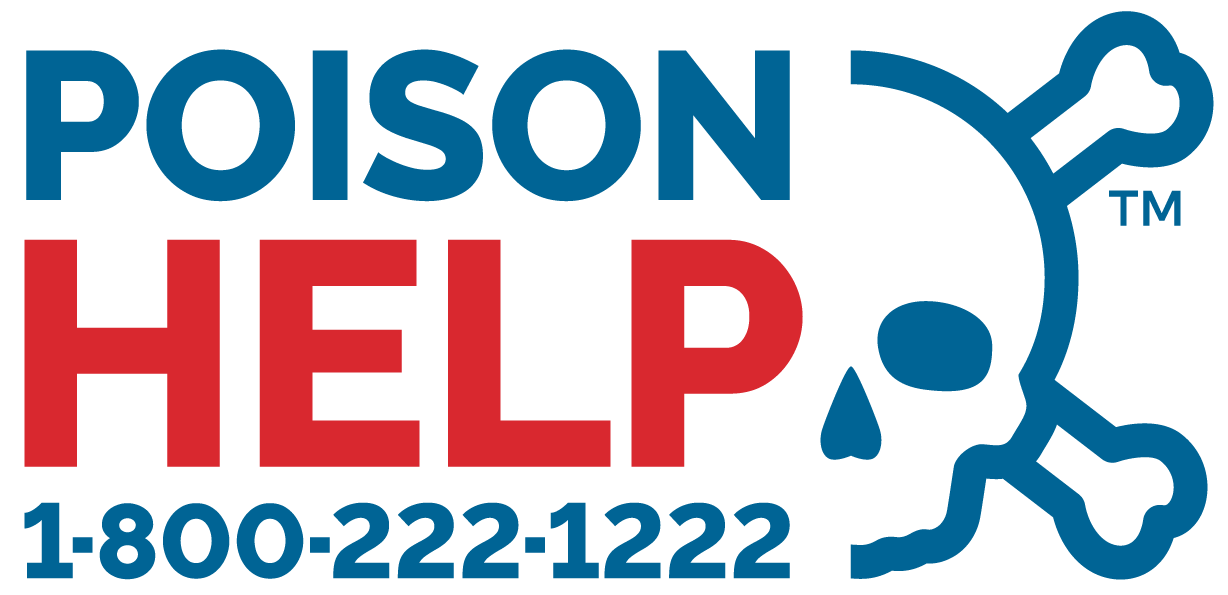Lead
Lead Poisoning
About one in eleven children in the United States have high levels of lead in their blood. Lead can cause learning disabilities, decreased growth, hyperactivity, impaired hearing, and even brain damage. If caught early, these effects can be limited by reducing exposure to lead or by medical treatment.
Who is at risk?
Children are at a greater risk because their bodies and nervous systems are still developing and because they absorb and retain more ingested lead for their body weight than adults. Because they frequently put their hands in their mouths, they also have increased exposure to lead in the environment, especially in dust and soil containing lead.
Risk Factors for Children
Children are at a particular risk of lead exposure if they:
- Live in or regularly visit buildings built before 1978 that have peeling or chipping paint or where there is recent renovation or remodeling (the home, a day care center, preschool, the home of a baby sitter, friend or relative, etc.);
- Have a brother, sister, housemate, or playmate being treated for lead poisoning;
- Live with an adult who refinishes furniture, repairs automobiles, makes stained glass windows or pottery, or has another job or hobby using lead, or
- Live near an active lead smelter, battery recycling plant, or other industry likely to release lead.
Lead may be found in:
- Any house or apartment built before 1978 may contain lead-based paint.
- Dust
- Tap Water
- Ceramic dishes
- Lead crystal
- Glazed pottery
- Fishing weights
- Cans
- Pencils
- Shotgun & lead bullets
- Lead plates in batteries
- Drinking fountains (hauling tanks with seams of lead based solder)
- Crayons (made in a different country)
- Folk medicines
- Cast iron enamel bathtubs
Symptoms
A person can be lead poisoned and not even know it, because often there are no signs or symptoms or they may be mistaken for symptoms of flu or other illness. The following are symptoms that may occur:
- irritability
- restless
- dizziness
- persistent tiredness
- stomach discomfort
- loss of appetite
- muscle weakness
- reduced attention span
- insomnia
- constipation
As more lead accumulates, clumsiness, weakness, and loss of recently acquired skills can occur. Failure to treat children in the early stages can cause long-term or permanent health damage.
What can I do?
The good news is there are some simple things you can do to protect your family from lead poisoning.
- Get your child tested. Without testing, there is no way to tell whether a child has lead poisoning.
- Follow the testing guidelines of the Centers for Disease Control and Prevention:
- Test high risk children at 6 months;
- Test low risk children at age 12 to 15 months;
- All children should have follow-up screenings, as recommended.
Additional Resources
See the following website for further tips on reducing exposure to lead.
- Lead in Water – Source: Centers for Disease Control and Prevention

